Articles in the Articles Category
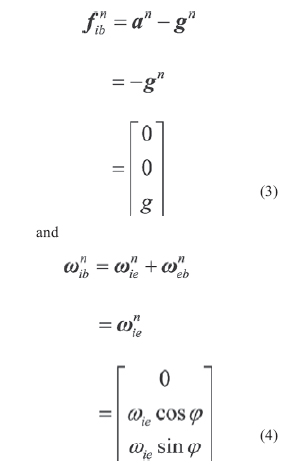
The object of the SINS selfalignment is to determine the direction cosine of the transformation from the body frame to the navigation frame, namely, the elements of initial attitude matrix, using the accelerometer and gyro outputs. As the alignment accuracy affects the accuracy of the navigation system directly, one of the most important requirements of SINS alignment is high alignment accuracy. In many practical applications, SINS alignment also requires high alignment speed and the capability of self-determination, especially for military applications.
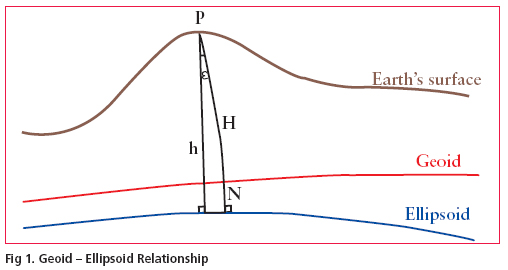
The demand for a high resolution geoid model has grown substantially during the last few decades especially after inception of Global Positioning System (GPS). Many countries across the world have already developed their own geoidal model which serve as the means of deriving orthometric heights from GPS observations. The impact of GPS on surveying application is undeniable. More so, this revolution has not been confi ned to the surveying community, but has extended into mapping, navigation and Geographic information system (GIS) areas. During the last few years, we have been witnessing the wide spread adoption of GPS with an equivalently
vibrant range of accuracy requirement. Many of these applications require accurate vertical positions.
The task of transforming the ellipsoidal height obtained from GPS technique to the orthometric height has prompted geodesists around the world to determine the high precision geoid undulations, for their region of interest. In India the present day nation wide geoid was computed a long time back and based on astro geodetic observations with respect to Everest spheroid. It has various limitations and does not have any signifi cance as far as GPS solutions for orthometric height is concerned.
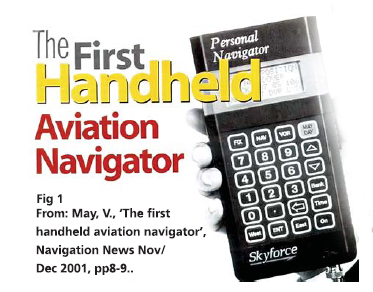
Today’s professional navigators may well be the last. As recently as a generation ago, navigation was almost solely the specialised art of a small number of highly-skilled people. They wore uniforms with emblems on their shoulders. They had years of training.They used complex, expensive, equipment. They bestrode the bridges of ships and the fl ight decks of the large commercial aircraft and took star shots.
On Jan 10, India leaped high in space with the successful launch of its tenth Polar Satellite Launch Vehicle (PSLV-C7) that put …
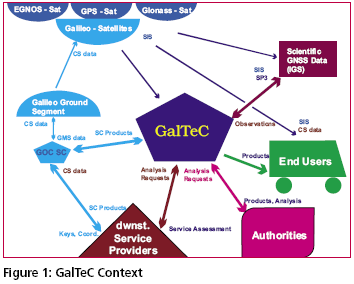
Today Satellite Based Navigation Services play an increasingly important role in modern society. The provision of the navigation, positioning and timing service provided by GPS is widely used. However, the system is under military control, and consequently legal guarantees of operation required by modern business cannot be given. On the other hand the market for GNSS related products is recognised as an important economic factor and service guarantees and liabilities will be needed.
January 2007
National Technical Meeting “GNSS Benefiting Mankind”
January 22-24, 2007, San Diego, CA
www.ion.org
Recent trends in infrastructure …
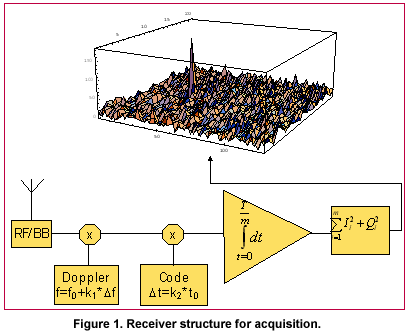
Location based services (LBS) are a rapidly growing field of wireless data services that can be accessed through a mobile phone equipped with a GNSS receiver. Some of the services are intended for outdoor use while others are suited for use in urban and indoor areas. It is therefore likely that subscribers will expect these services to be available throughout the coverage area of the mobile telephone network…

In 1900, the International Latitude Service started to monitor the wobbling and wandering of the North Pole. Since that year, the North Pole has been moving south. In everyday terminology, it has moved secularly on the Earth’s surface in the only direction it knows, i.e., south. The total motion has been about 13.5 meter over the past 100+ years, which in other words amounts to an amazing rate of 13 cm per year or about 1 cm per month…

This paper is an update of the GAGAN status presented at NSP meeting on May 8-19, 2006 held at Brussels, Belgium and also provides the future roadmap of the project. GAGAN will provide augmented information for satellite navigation to the aircraft flying within Indian Flight Information Regions (FIRs), which consists of seven boundaries. India is situated inthe vicinity of equator. In the equatorial region the ionospheric variations are very predominant…


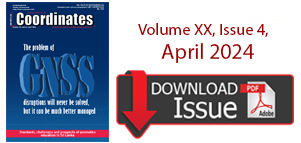





 (5.00 out of 5)
(5.00 out of 5)